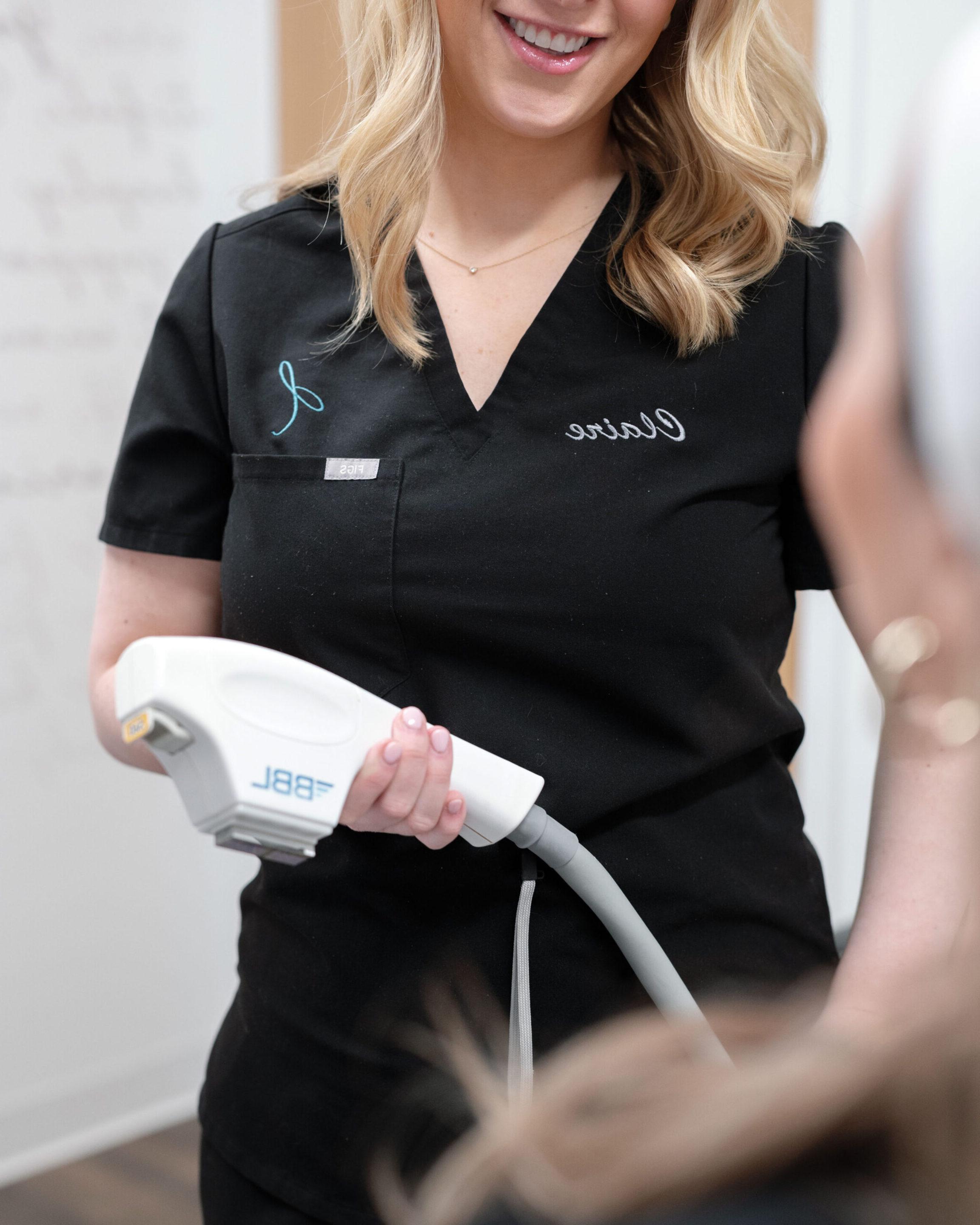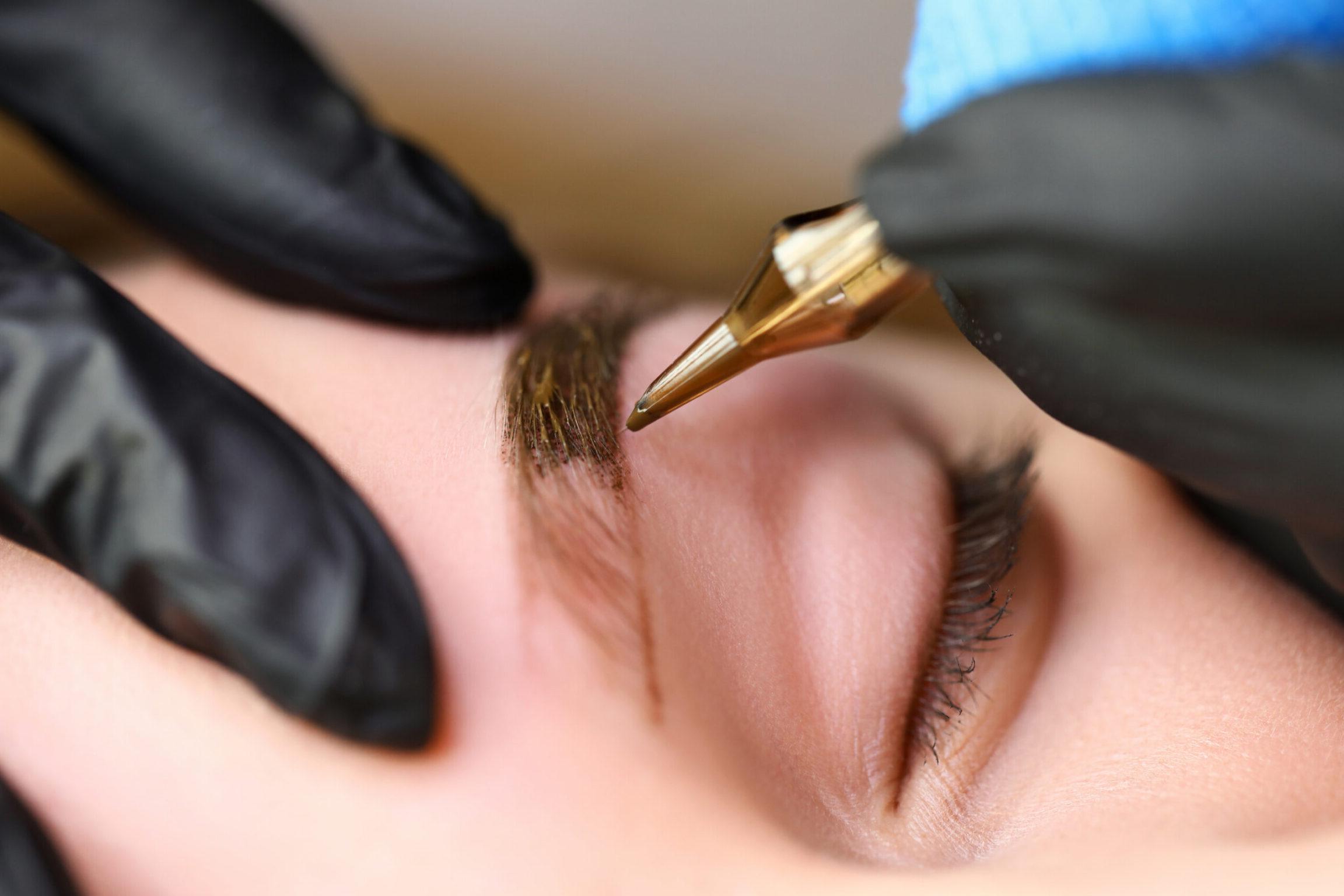The Different Types Of HRT
Understanding Various Methods Of Hormone Replacement Therapy
There are multiple methods you will find when researching the different types of HRT. A majority of my patients initially think of estrogen, progesterone, and testosterone when discussing hormone replacement therapy. We offer these treatments, and we also commonly use DHEA, pregnenolone, and thyroid hormones, too.
For the purpose of this exploration, we are going to focus on just our estrogen and progesterone options. Ready to dive in? Let’s go!

Quick Buzzwords: Bioidentical And Synthetic
- Synthetic Hormones: chemically-altered hormones that do not have the same molecular structure as the naturally occurring ones in our bodies.
- Bioidentical Hormones: artificial hormones that have an identical molecular structure when compared to our own naturally occurring hormones; they are lab-made and are typically derived from plant compounds.
At Donaldson Plastic Surgery, we use FDA-approved bioidentical hormones first, utilizing a patient’s pharmacy and insurance. We only move to compounded bioidentical hormones when we need to based on the dose needed to help the patient and mitigate side effects.
Different Types of Hormone Therapy:
1. Oral HRT Treatments
Oral Estrogen
A synthetic hormone that comes in pill and tablet form. The most commonly used method of HRT.
- Pros: Used as a contraceptive.
- Cons: 2-4 times increased risk of venous thromboembolism (can lead to heart attack/stroke) depending on other risk factors (tobacco, age, genetic predisposition). Cannot use with gallbladder disease, liver disease, uterine or breast cancer, predisposition to heart disease, or blood clots. Can also cause nausea.
Oral Progesterone
Can be synthetic or bioidentical and is also widely used. Micronized progesterone can be sent through conventional pharmacies/insurance. If a dose is needed other than the common doses through the pharmacy, we can have them compounded to create a personalized dose for the patient.
- Pros: Can help with stress and anxiety when given orally
- Cons: Dosing schedule must be followed carefully.

2. Transdermal Creams and Topical HRT
Can be used for estrogen and progesterone. Compounding pharmacies can create specific doses for patients. We also have the ability to prescribe the different types of estrogen together in one cream.
- Pros: Can add multiple creams in one for ease of administration. Can also use them vaginal in order to help vaginal symptoms specifically. Topical estrogen does not have the same risk of thromboembolism as oral. Can easily change the dose if pt has side effects.
- Cons: There can be slightly different amounts of the cream daily, making dosing difficult. Topical progesterone may not offer the same effects for sleep and anxiety. Topical progesterone may not be as protective for the uterus if using estrogen as well.
3. Hormone Patches
Estradiol patches are bioidentical and can be sent through conventional pharmacies. Doses can be easily adjusted.
- Pros: Decreased risk of venous thromboembolism compared to oral estrogen. Easier than creams.
- Cons: Too much heat or direct sunlight can cause too much hormone to be released. Can cause skin irritation.
4. BioIdentical Hormone Troche
A hard tablet (similar to a lozenge) that dissolves in the mouth into the mucous membrane (buccal mucosa). Troches are touted as being beneficial because they are not ‘swallowed’ and therefore – theoretically – should have less risk of venous thromboembolism. However, up to 50% of the troche is actually swallowed. It is not absorbed 100% through the buccal mucosa. When we swallow estrogen there is a chance it is converted to estrone which may increase the risk of breast cancer.
Troches also work well for other hormones (ie DHEA or pregnenolone).
- Pros: A gentler delivery method that bypasses the liver. Potential decreased risk of blood clotting (but not if 50% is swallowed).
- Cons: Variations in how much medication is absorbed. May increase the risk of breast cancer. An unfavorable flavor.
5. Pellet Hormone Therapy
Compounded hormones placed under the skin with a very small incision. They can contain multiple hormones at once and are roughly the size of a grain of rice. They stay in place for three months.
- Pros: “Set it and forget it” strategies are very appealing, especially without the variables that may come with creams, oral, and troches.
- Cons: Once it is set, you cannot remove it. If you have side effects, you must wait until it naturally dissolves.

Additional Treatment Tips:
Know Your Doctor’s Certifications
The process of finding a great Functional Medicine Doctor can be hard to navigate. There is a stark difference between someone who took a class (could be online, an afternoon or a weekend) and a professional with years of proper education and certifications. There are two main certifications that can help indicate a strong provider: the Institute For Functional Medicine (IFM) and the American Academy of Anti-Aging (A4M).
Know What To Look For During Treatment
Make sure your hormone levels are being tested correctly and regularly by your provider. There are multiple ways to test hormones (blood, urine, saliva) and we test differently based on how you are taking your hormones. It is important to monitor your levels as well as how your body breaks down hormones. Without getting this consistent insight, it because difficult to discern what is effective and what is not working.
Be Your Own Advocate
Don’t be scared to ask questions of your provider, read over the consent forms and all of the information provided. If you ever feel pressured into a specific treatment, it may be best to get a second opinion. You should feel completely comfortable with your decision-making process.
About The Author

Marguerite Weston, MD-IFMCP is a certified functional medicine doctor in Columbus, Ohio who specializes in a variety of hormone replacement therapies. She has a wealth of experience in both sports medicine and family practice, each of which lends unique insight to helping individual patients live better, more comfortable lives.
Dr. Weston is constantly researching the latest wellness methods and treatments in an effort to best serve her patients.
Related Articles

Read More How To Build Healthy Habits
How To Build Healthy Habits
A strong, healthy lifestyle isn’t about perfection – it’s about consistency. Our guide to healthy habits breaks down simple, effective ways to create lasting routines that work with a busy schedule.

Read More How To Maintain Ozempic Results
How To Maintain Ozempic Results
Long-term methods to reinforce healthy habits & support your metabolism to sustain your results & continue feeling your best.

Read More Dr. Weston at RTRX 2024
Dr. Weston at RTRX 2024
Marguerite Weston, MD, took center stage at RTRX 2024 to deliver an engaging Masterclass seminar that addressed the interconnectivity of stress, hormones & our overall health.













